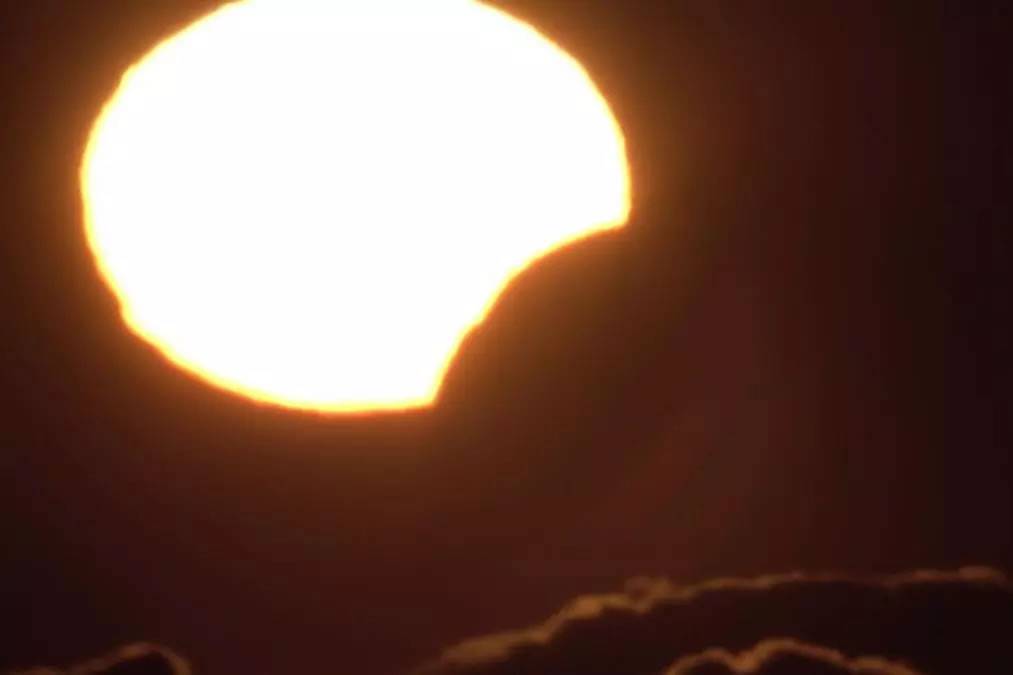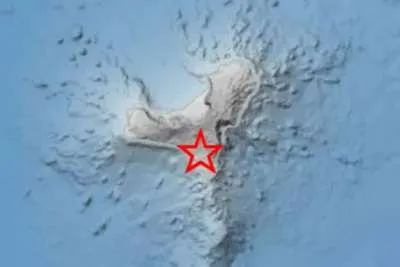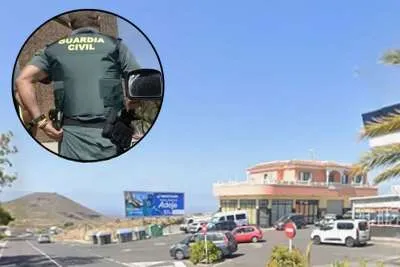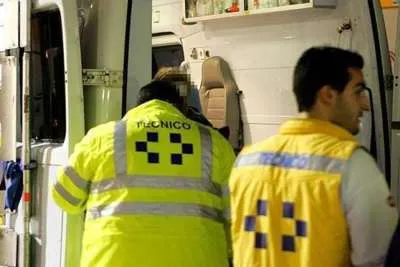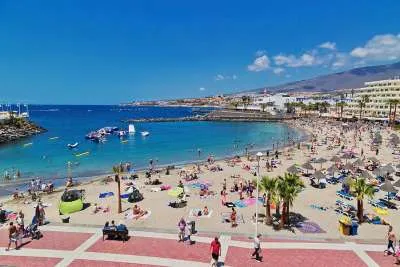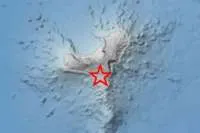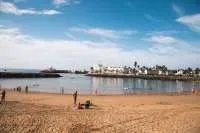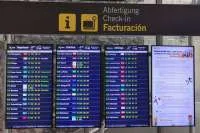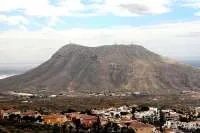VIDEO: This is how the solar eclipse looked like from the Teide Observatory
- 10-04-2024
- Tenerife
- Canarian Weekly
- Photo Credit: IAC
- Video Credit: IAC
A small group of people from the Canary Islands Astrophysics Institute (IAC), were lucky enough to witness the partial solar eclipse from the Teide Observatory in Izaña (Tenerife) on Monday, which was only visible in Spain from the westernmost Canary Islands.
Just as the sun was setting, at 8:17pm (local time), they captured just over ten minutes of a phenomenon in which the moon covered approximately 5% of the sun.
Despite the anecdotal nature of this astronomical event, the anticipation stemmed from the fact that no other eclipse of such magnitude will be visible in the archipelago until 2187 and 2353, with a total solar eclipse expected during the day.
However, there will be more opportunities in 2026 in northern Spain and the Balearic Islands, and in 2027 in the south of the country.
Astrophysicist and IAC spokesperson, Irene Puerto Giménez, highlighted to EFE that, for her, this phenomenon holds great power because "it makes us aware of the movements occurring in the sky, which can sometimes be difficult to grasp.”
"The Earth is rotating backwards, and although we see the sun setting, it is not moving; we are the ones rotating at 1,800 kilometres per hour, while simultaneously witnessing the moon orbiting the Earth and coming between us and the sun. All of this in real time," she explained.
The other parts of mainland Spain that were told they would see the eclipse, were unfortunately unable to do so due to clouds and being overcast. However, they will have another, more special, opportunity in two years’ time as a total solar eclipse is expected on August 12th, 2026.
The last one visible from this corner of the Atlantic was almost 120 years ago in 1905.


